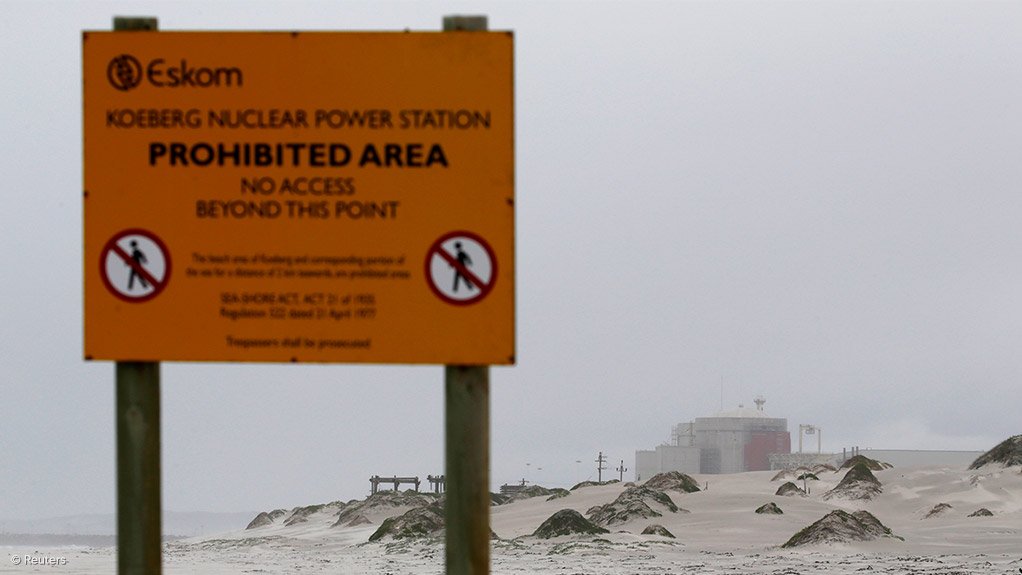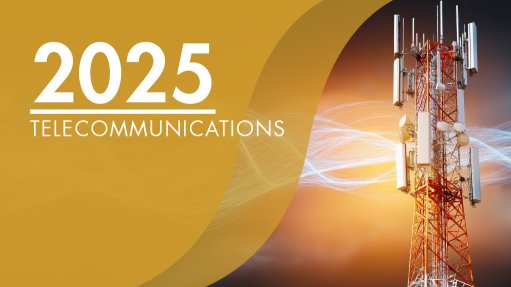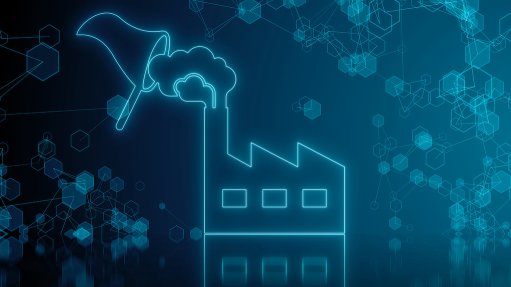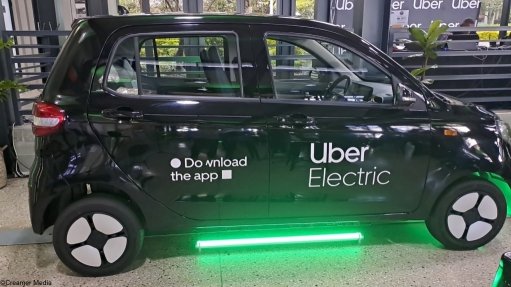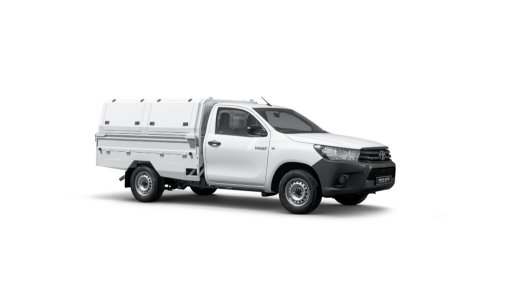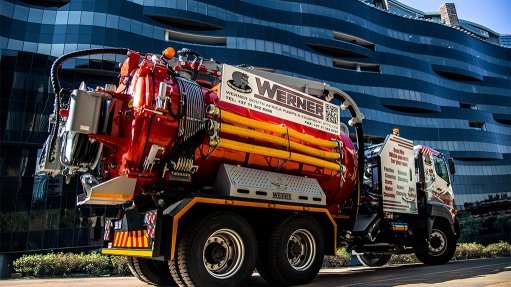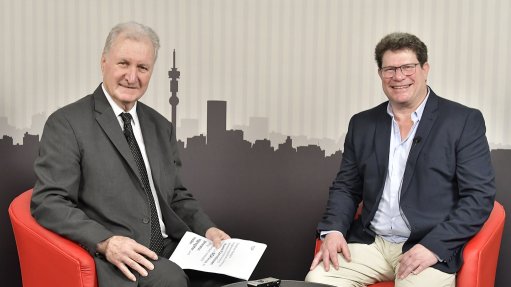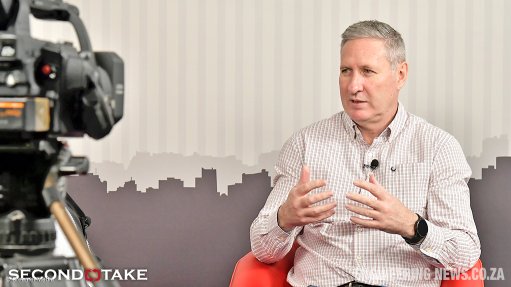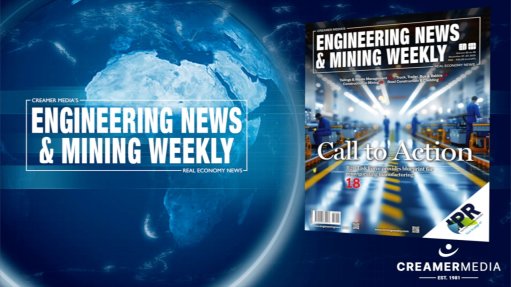South Africa will reactivate the PBMR small modular reactor project
South Africa is lifting its Pebble Bed Modular Reactor (PBMR) out of care and maintenance, Electricity and Energy Minister Dr Kgosienstsho Ramokgopa confirmed, almost in passing, on Tuesday. He was delivering the keynote address at the Enlit Africa 2025 conference, at the Cape Town International Convention Centre.
The PBMR is a small modular nuclear reactor (SMR). It was being developed by South Africa from 1994 (although the preliminary work predated that year) to 2009, when it was effectively terminated, through being reduced to a care-and-maintenance status. The scientists and engineers who had worked on the project scattered to the winds, with anecdotal reports indicating that at least some of them emigrated, to work on other countries’ nuclear projects, although others did remain in South Africa.
In November, Ramokgopa had revealed that he was going to recommend to Cabinet that the PBMR project be revived. When the project was reduced to care and maintenance, South Africa was probably the world leader in SMR development. That position was lost, years ago.
“Of course, we are lagging behind,” he acknowledged. But he assured that the country could catch up, by cooperating with one or other of the major nuclear energy powers. The government was considering its options for future nuclear cooperation partners.
He pointed out that SMRs would be more rapidly deployable than traditional, large, nuclear power plants (NPPs). This was because they would be at least partly modular in construction (and assembled on site from components manufactured in factories).
He reaffirmed South Africa’s overall commitment to nuclear energy. He pointed to the country’s NPP at Koeberg, near Cape Town, which was Africa’s only operational NPP. (He did note that Egypt was busy constructing the continent’s second NPP.) He alluded to the fact that Koeberg Unit 1 had had its operational life extended (until 2044, although he did not mention the date) and that he expected the same result with Unit 2.
Ramokgopa also highlighted that those countries that had significantly decarbonised their energy systems had done so using one or other (or both) of just two forms of electricity generation. These were nuclear and hydro.
Nuclear could provide clean baseload power. Nearly all the world’s major economies now recognised nuclear power as clean power, he pointed out.
Article Enquiry
Email Article
Save Article
Feedback
To advertise email advertising@creamermedia.co.za or click here
Comments
Press Office
Announcements
What's On
Subscribe to improve your user experience...
Option 1 (equivalent of R125 a month):
Receive a weekly copy of Creamer Media's Engineering News & Mining Weekly magazine
(print copy for those in South Africa and e-magazine for those outside of South Africa)
Receive daily email newsletters
Access to full search results
Access archive of magazine back copies
Access to Projects in Progress
Access to ONE Research Report of your choice in PDF format
Option 2 (equivalent of R375 a month):
All benefits from Option 1
PLUS
Access to Creamer Media's Research Channel Africa for ALL Research Reports, in PDF format, on various industrial and mining sectors
including Electricity; Water; Energy Transition; Hydrogen; Roads, Rail and Ports; Coal; Gold; Platinum; Battery Metals; etc.
Already a subscriber?
Forgotten your password?
Receive weekly copy of Creamer Media's Engineering News & Mining Weekly magazine (print copy for those in South Africa and e-magazine for those outside of South Africa)
➕
Recieve daily email newsletters
➕
Access to full search results
➕
Access archive of magazine back copies
➕
Access to Projects in Progress
➕
Access to ONE Research Report of your choice in PDF format
RESEARCH CHANNEL AFRICA
R4500 (equivalent of R375 a month)
SUBSCRIBEAll benefits from Option 1
➕
Access to Creamer Media's Research Channel Africa for ALL Research Reports on various industrial and mining sectors, in PDF format, including on:
Electricity
➕
Water
➕
Energy Transition
➕
Hydrogen
➕
Roads, Rail and Ports
➕
Coal
➕
Gold
➕
Platinum
➕
Battery Metals
➕
etc.
Receive all benefits from Option 1 or Option 2 delivered to numerous people at your company
➕
Multiple User names and Passwords for simultaneous log-ins
➕
Intranet integration access to all in your organisation



